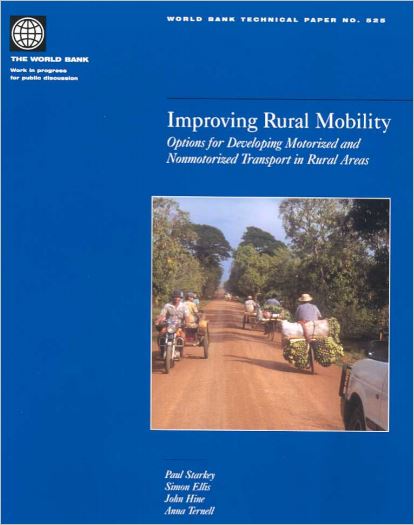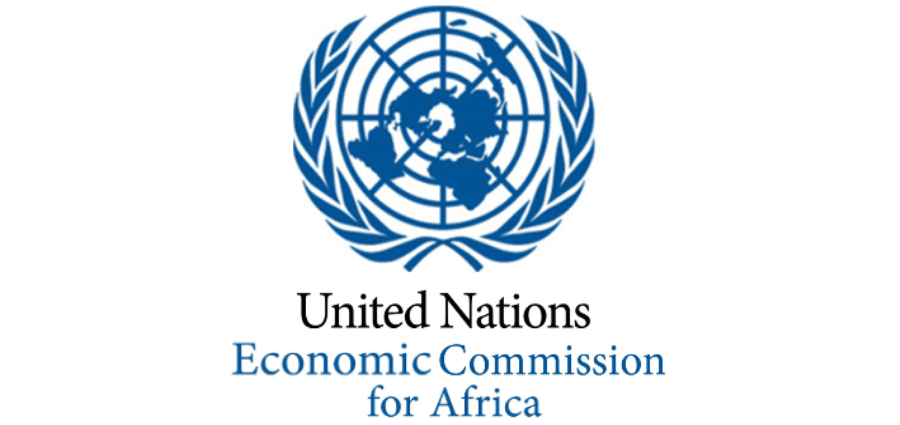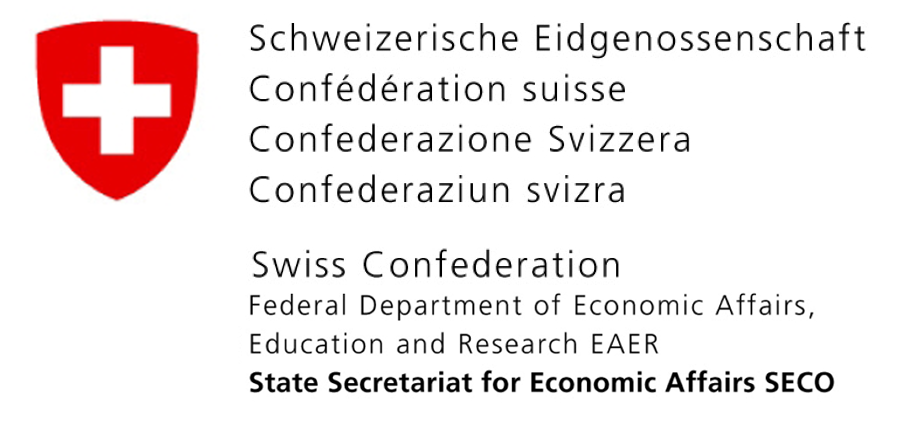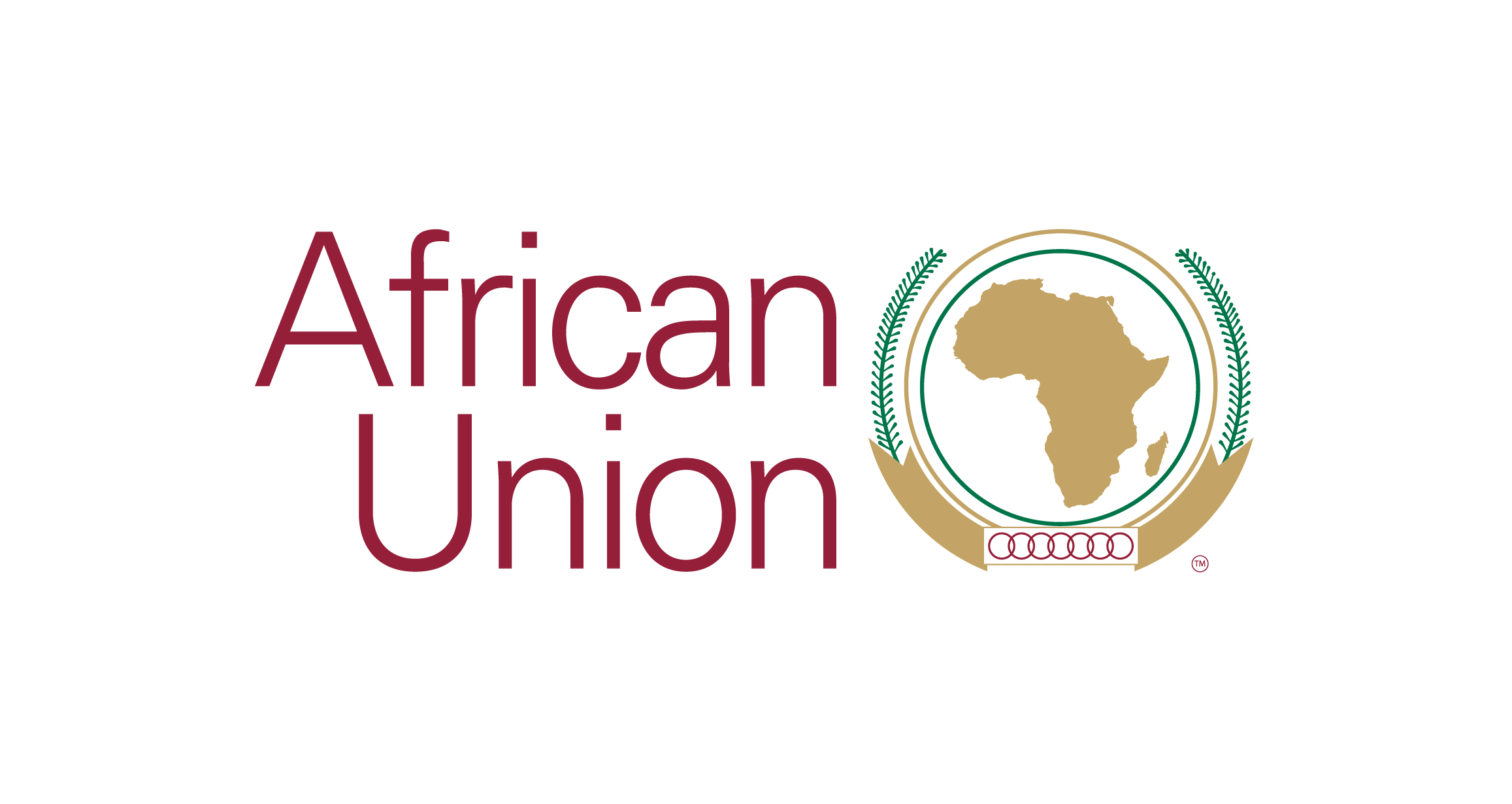Improving Rural Mobility - Options for Developing Motorized and Non Motorized Transport in Rural Areas
Paul Starkey, Simon Ellis, John Hine, Anna Ternell

Many inhabitants of rural areas in developing countries lack adequate and affordable access to transport infrastructure and services. Poor access to transport constrains economic and social development and contributes to poverty. Better transport services can stimulate economic activity and social improvement, leading to easier access and a virtuous circle that reduces poverty and improves the lives of poor rural residents. Improving rural people’s access to essential services requires better mobility through transport infrastructure and services as well as the location, price, and quality of facilities. This report focuses on improving rural mobility by facilitating the provision of affordable means of transport and transport services.
There are many obstacles to cheaper, more efficient rural transport, and many factors influence efforts to promote rural transport services. Despite massive spending, many government and donor efforts to improve rural transport have not met the needs of rural residents. Moreover, the market has not provided transport services to areas with low demand and to the poorest and least mobile segments of the community. To deliver significant economic and social benefits, investment in transport must take an integrated approach. Rather than focus solely on expanding road networks, it should also pay attention to smaller roads, paths, and tracks; the use of private and commercial means of transport (motorized and nonmotorized); and the importance of transport hubs and markets. Transport planners need to take a holistic approach that involves all stakeholders in a participatory process of assessing needs within a clear policy framework based on the interdependence and complementarity of different means of transport. In addition, favorable policies and operating environments can enable the private sector and nongovernmental organizations (NGOs) to play important roles in new initiatives.
Pilot activities can be used to promote lower technology, intermediate means of transport, which can enhance local productivity in low-density, low-income areas. Planning efforts should consider the needs of women and disadvantaged groups. Monitoring and evaluation involving stakeholders are also important, as is local, national, and international networking. Based on these efforts, governments and project planners can take steps in three areas, financial, regulatory, and complementary, to promote increased ownership of intermediate means of transport and the private provision of rural transport services.







